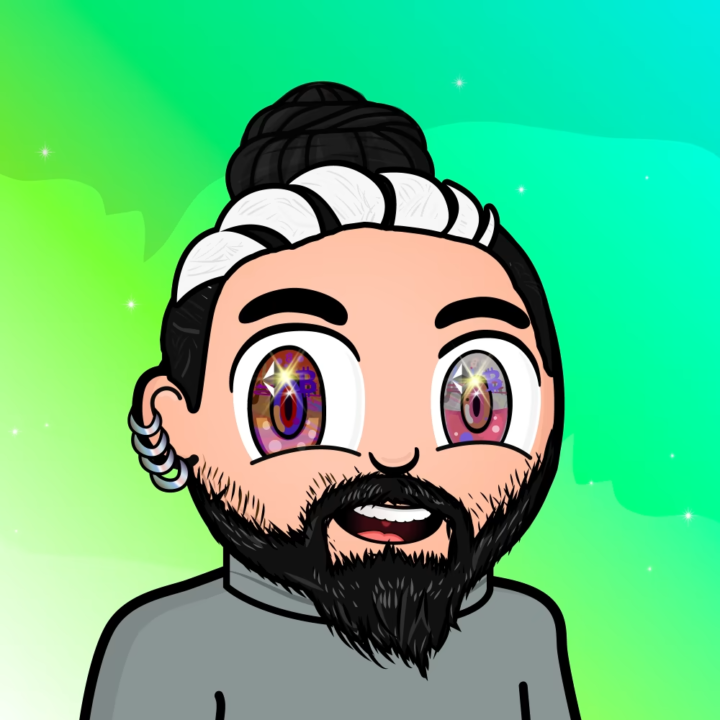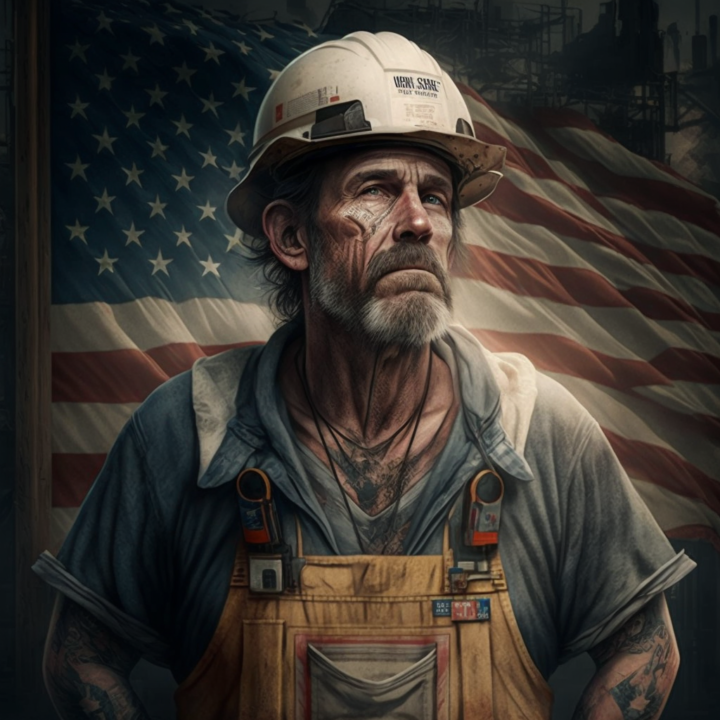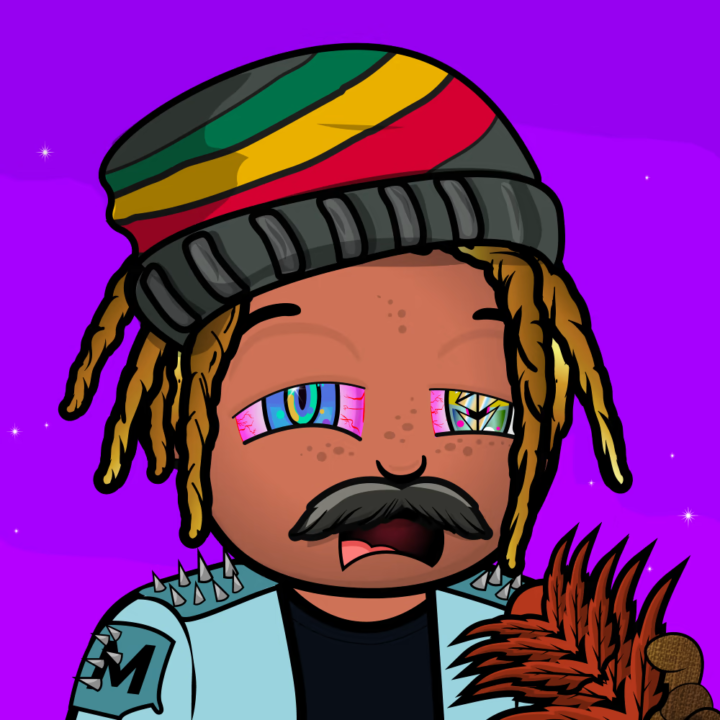Hairstyles have always been an important aspect of self-expression and identity, both for men and women. They can be used to convey a message, make a statement, or simply reflect personal style. However, hairstyles also have the power to shape public opinion, whether positively or negatively.
One example of this is the impact of hairstyles on employment opportunities. In the past, many employers had strict grooming policies that required employees to keep their hair cut short, or even banned certain hairstyles altogether. This was particularly true for African American men and women, who often faced discrimination for wearing hairstyles that were considered «too ethnic» or «unprofessional.» This has led to a long-standing stereotype that natural hairstyles, like dreadlocks, afros, and braids, are unkempt or unprofessional. However, with the rise of the natural hair movement, many people are pushing back against these stereotypes, and more employers are recognizing the diversity of hairstyles and the importance of inclusivity in the workplace.
Another way that hairstyles can shape public opinion is through the media. Popular culture, including movies, television, and music, have a huge influence on hairstyle trends and public perception. For example, when Michael Jackson debuted his iconic «Jheri curl» hairstyle in the 1980s, it quickly became a popular trend among African American men and women. Similarly, when celebrities like Jennifer Aniston and Brad Pitt popularized «the Rachel» haircut in the 1990s, it became one of the most requested hairstyles in salons across the country. However, this can also work in the other way, when a celebrity sports an unusual or unflattering hairstyle, it can be the subject of ridicule and negative public opinion.
Lastly, hairstyles can also reflect and influence political beliefs and values. For example, during the 1960s and 1970s, the counterculture movement was associated with long hair and beards, which were seen as a symbol of rebellion against traditional societal norms. Similarly, the «pixie cut» hairstyle, which was popularized by women’s rights activists, became a symbol of empowerment and gender equality.
In conclusion, hairstyles are an important aspect of self-expression and identity, but they also have the power to shape public opinion. Whether it’s through employment opportunities, media representation, or political beliefs, hairstyles can convey a message and make a statement. It’s important to be aware of these cultural and societal influences and to not judge someone based on their hairstyle alone. Everyone should have the freedom to express themselves through their hairstyle without facing discrimination or prejudice.




